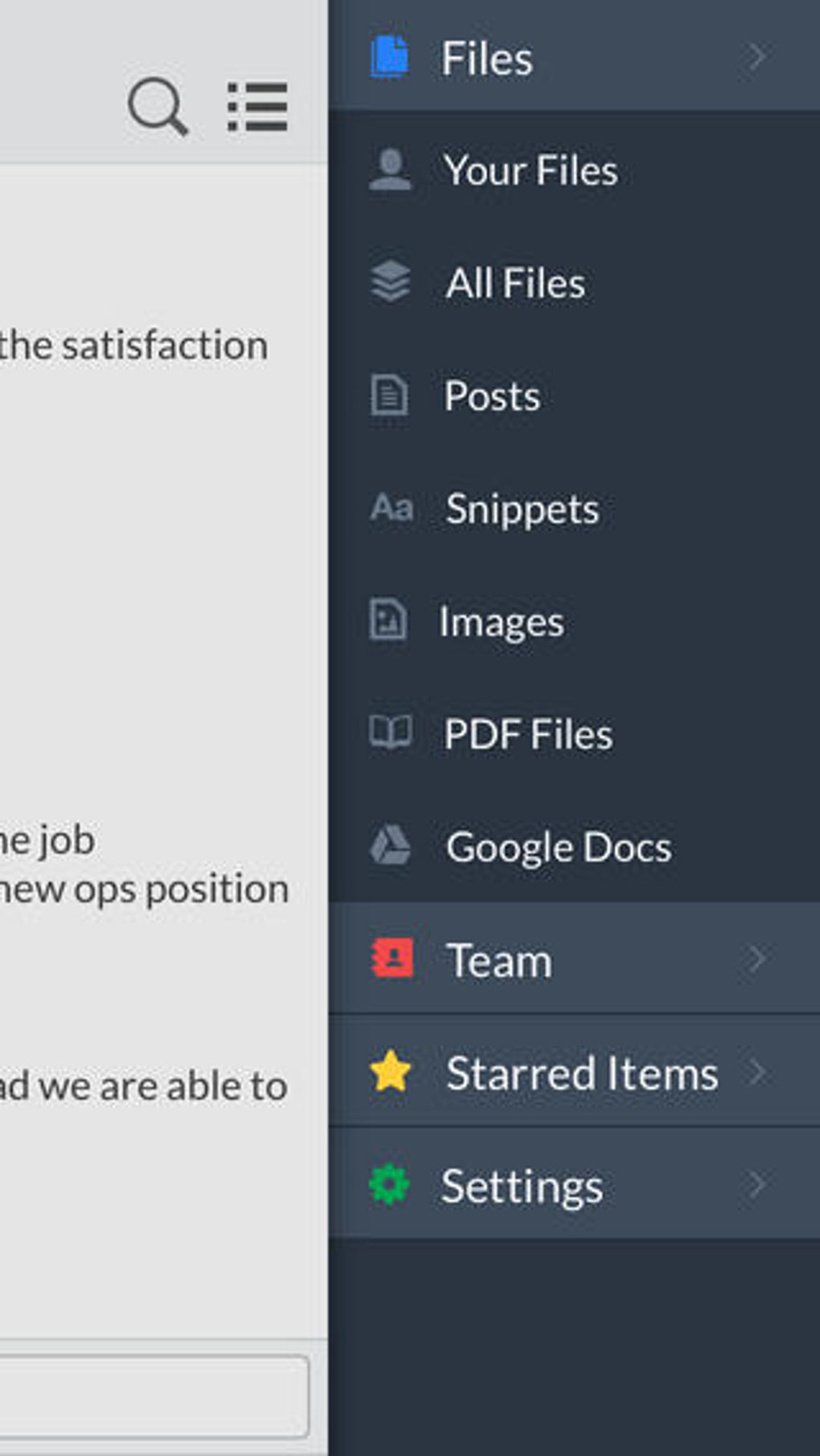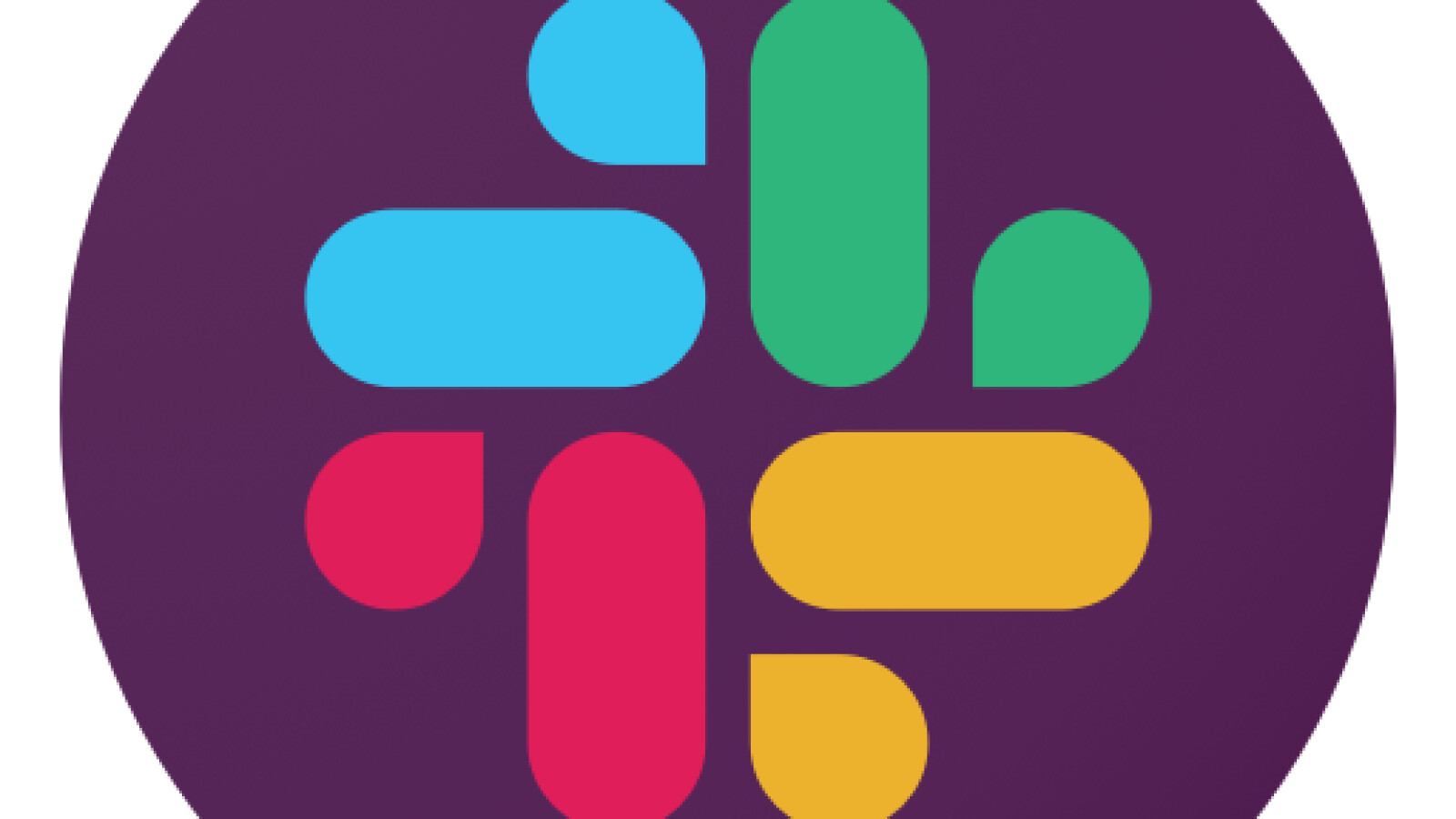

It allows teams within Stanford to have separate, but connected, workspaces across the university. Stanford Slack Grid, or Stanford Slack, is the enterprise version of Slack.

It provides a platform for individuals and groups to chat live online and keep conversations organized and accessible from anywhere, anytime.
 Security: It has strong security functions, including two factors authentication, data encryption, and compliance with various data protection regulations.Slack is a tool that enhances work group communications. Custom: Allow users to use themes, emoticons, and custom applications. Search: Powerful search function allows users to easily find previous dialogues, files and other content. Integrated: Integrate with other various tools and services, such as Google Drive, TRLLO and Github. Message transmission: Provide real -time messages, and the ability to send files, images and links. Channel: Allow users to create channels for specific themes, projects or teams, so that it is easy to organize and manage dialogue. In addition, Slack has a set of powerful security functions, including two factors authentication and data encryption to ensure that user data is kept safe. Users can seamlessly share information and collaborate through multiple tools. Slack also provides extensive integration with other applications. In each channel, users can share messages, files and links, and mention other users, and use emoticons and reactions to respond to the message. Users can create channels for different projects, departments or themes, and invite team members to join. Slack is particularly popular in remote and distributed teams because it provides a concentrated platform for communication and collaboration. It allows users to communicate directly with channels, direct messages, and group messages, including functional sharing, video and voice calls, and integrate with third -party applications. Slack is a cloud -based real -time message and collaboration platform for enterprises and organizations.
Security: It has strong security functions, including two factors authentication, data encryption, and compliance with various data protection regulations.Slack is a tool that enhances work group communications. Custom: Allow users to use themes, emoticons, and custom applications. Search: Powerful search function allows users to easily find previous dialogues, files and other content. Integrated: Integrate with other various tools and services, such as Google Drive, TRLLO and Github. Message transmission: Provide real -time messages, and the ability to send files, images and links. Channel: Allow users to create channels for specific themes, projects or teams, so that it is easy to organize and manage dialogue. In addition, Slack has a set of powerful security functions, including two factors authentication and data encryption to ensure that user data is kept safe. Users can seamlessly share information and collaborate through multiple tools. Slack also provides extensive integration with other applications. In each channel, users can share messages, files and links, and mention other users, and use emoticons and reactions to respond to the message. Users can create channels for different projects, departments or themes, and invite team members to join. Slack is particularly popular in remote and distributed teams because it provides a concentrated platform for communication and collaboration. It allows users to communicate directly with channels, direct messages, and group messages, including functional sharing, video and voice calls, and integrate with third -party applications. Slack is a cloud -based real -time message and collaboration platform for enterprises and organizations.







 0 kommentar(er)
0 kommentar(er)
